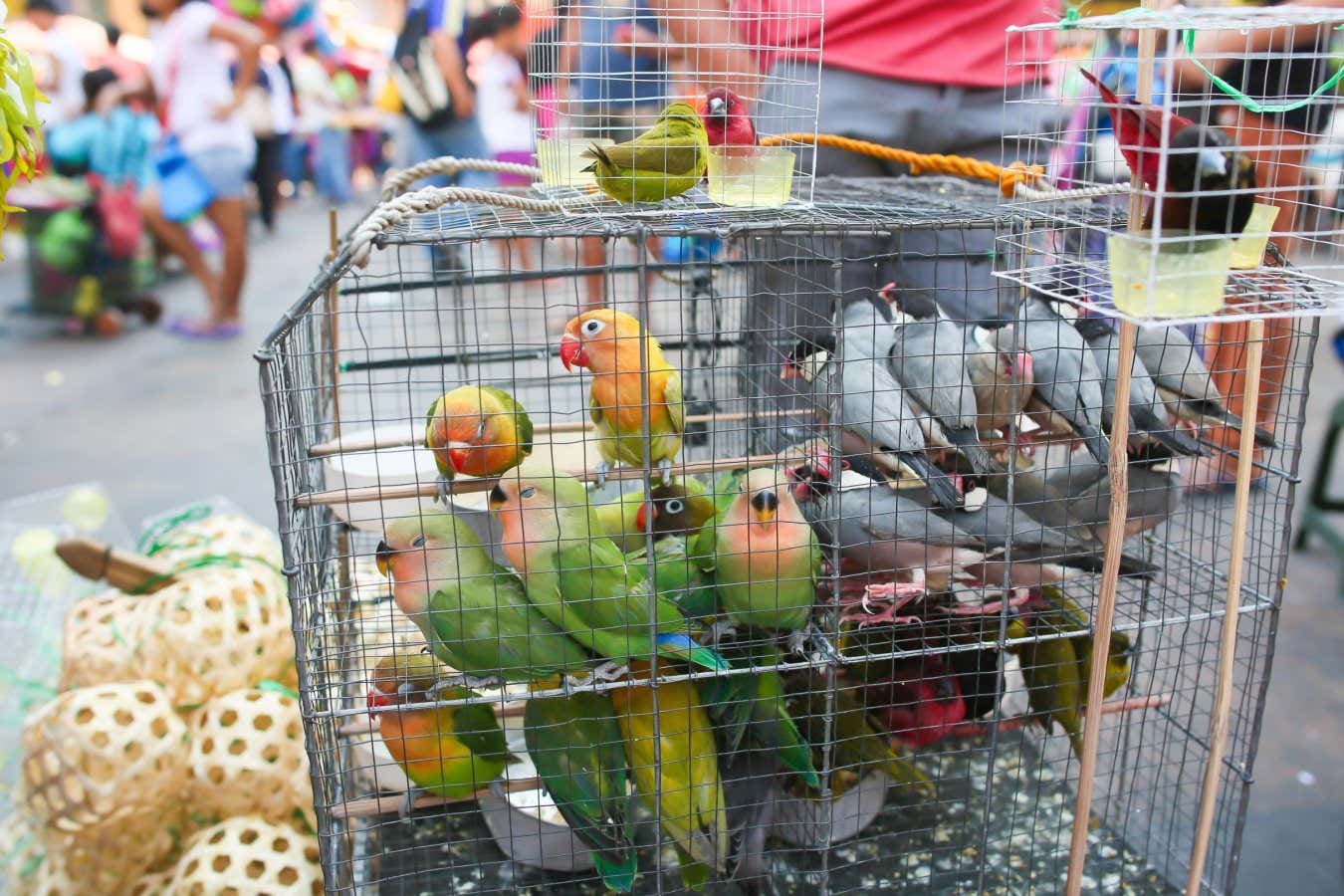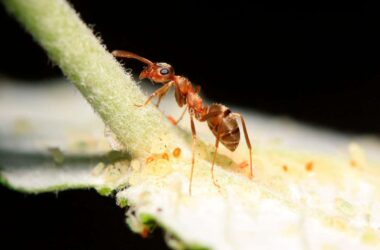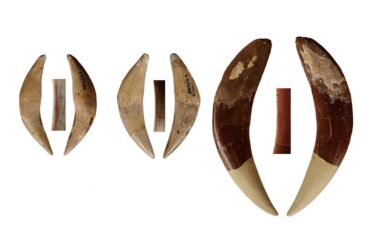Approximately one third of all known vertebrate species are exploited or traded by humans worldwide. This finding highlights the extensive impact of human activities on the natural world.
The UK Centre for Ecology & Hydrology, led by Rob Cooke, analyzed data from the International Union for Conservation of Nature on 46,755 vertebrate species, including mammals, birds, amphibians, reptiles, and fish. The team examined how these species are utilized and traded by humans, including being killed for food, clothing, and recreational hunting, and being kept as pets or displayed in zoos and aquariums.
Out of the total vertebrate species analyzed, 14,663 species, or approximately a third, were found to be used or traded by humans. Around 55% of these species are killed for food, while 40% are kept as pets, including 4,489 bird species. The study also revealed that ray-finned fish and bird species are the most exploited groups, while reptiles and amphibians are the least exploited. Alarmingly, 39% of the exploited species are threatened due to human use or trade.
Boris Worm, from Dalhousie University in Canada, suggests that the cultural significance of certain species might be a reason why some vertebrate species are not exploited. For example, rodent and bat species are often seen as unclean and therefore not used. However, rarity and accessibility do not explain why some species remain unexploited, as there are rare and hard-to-find species that are still targeted.
The researchers hope that their findings will raise awareness about the various ways in which humans exploit animals. They emphasize the importance of considering the impact on wildlife populations when animals are removed from the wild, as it disrupts their reproductive abilities and threatens their survival. Urgent action is needed at all levels of government and among the general public to address this issue.
Overall, this study sheds light on the significant role of humans in the exploitation and trade of vertebrate species. It emphasizes the need for conservation efforts and highlights the importance of protecting biodiversity on a global scale.
Insights:
- One third of all vertebrate species are exploited or traded by humans, indicating the extensive impact of human activities on wildlife populations.
- Ray-finned fish and bird species are the most exploited groups, while reptiles and amphibians are the least exploited.
- 39% of the exploited species are threatened due to human use or trade, highlighting the negative consequences of such practices on biodiversity.
- Cultural beliefs and perceptions play a role in determining which species are exploited, with some species being considered unclean and therefore not used.
- Removing animals from the wild for various purposes disrupts their reproductive abilities and poses a threat to their survival.
- Action is needed at all levels of government and among the general public to address the exploitation and trade of vertebrate species.








